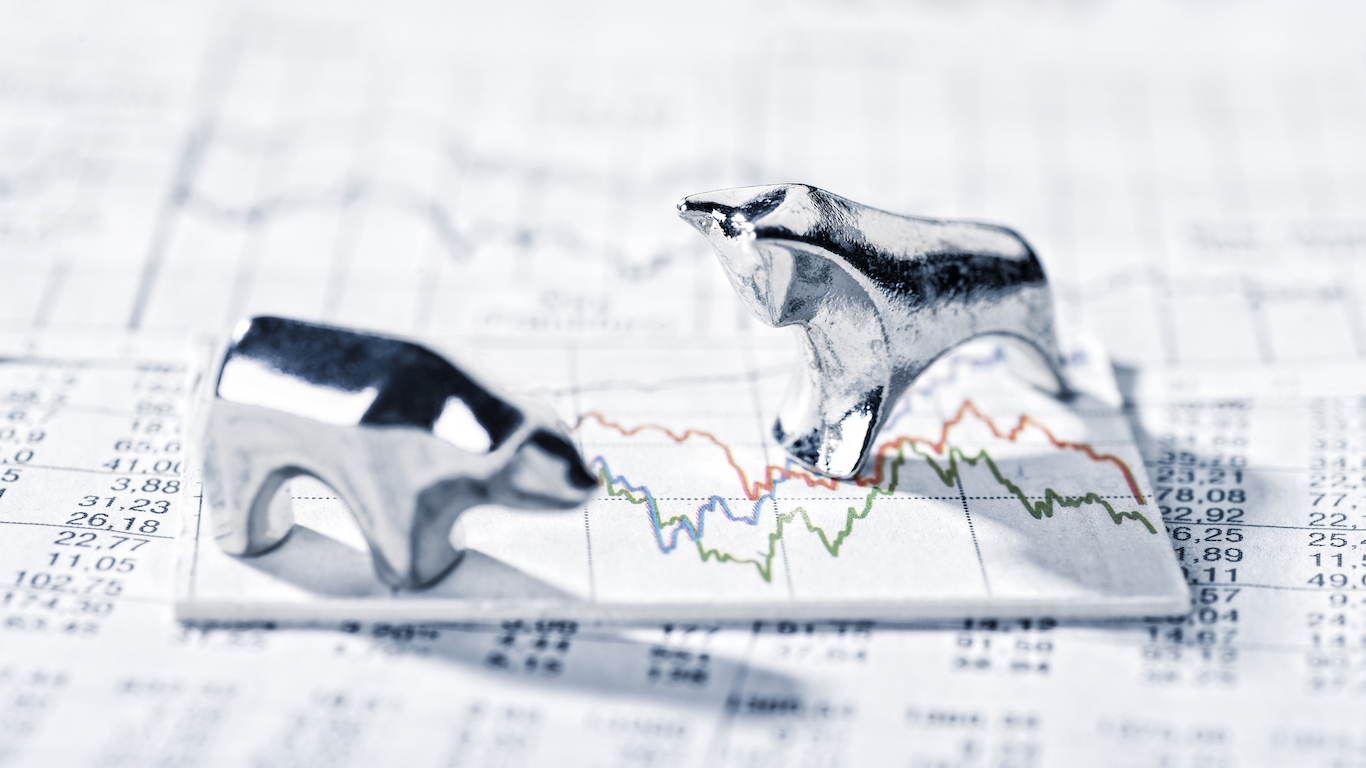
The Dow Jones industrial average hit 6,443.27 on March 9, 2009. It had lost 54% of its value from October 9, 2007, which was the previous high, crippled by the Great Recession. A decade later, as it reaches its 10-year birthday this week, it is up just shy of a 300% increase to 26,026.32.
The bull market has been driven by a sharp recovery from the Great Recession and a gross domestic product growth rate that has been over 2% most years since 2012. GDP was $15.2 billion in 2009, and it was $18.6 trillion last year. The unemployment rate, which hit 10% in October 2009, was 4% in January and was below that level for several of the months just prior. Almost 3 million homes were foreclosed on from 2005 to 2009. In many markets, prices have doubled since 2009, and in some markets, they have nearly tripled.
Interest rates, which fell to 2% during the recession, are still below 4%, driven in large part by Federal Reserve policies. Inexpensive money has helped trigger the recovery of the housing market and the ability of major companies to issue cheap debt to fuel growth, share buybacks and surging dividends.
Car loans also have stayed low for a decade, which has supported an unprecedented four years of car sales above 17 million. There is a chance 2019 will be the fifth year. General Motors went bankrupt in June 2009. Chrysler went bankrupt in April of the same year. Between them, they sold almost 5.1 million cars last year.
Of all the sectors that have pulled the markets higher, tech is in first place. Amazon’s stock price was $72 in March 2009. It now trades at nearly $1,700. Apple traded for $14 and now trades for $175. Alphabet, known as Google in March 2009, had a share price of $165 then but trades at $1,150 now. Facebook’s IPO was not until May 18, 2012. As a group, the four together have posted a market cap increase of $2.8 trillion since the market’s 2009 trough. The revenue of Amazon is 10 times higher than in 2009. Apple’s revenue is up over five times. Because of these trends, the Nasdaq has done better than the Dow. It traded at 1,634 in February 2009. Now it trades for 7,600, or up 365%.
What is the market’s future? A number of analysts believe the market has peaked. A slowing economy and lack of a sharp rise in corporate earnings will cap another move up. There was certainly a threat of that when the market hit a bear level as the Dow retreated to just over 21,000 in late December. However, the market has recovered to close to its all-time high. The other side of the argument is that there will be no recession in 2019. And the Dow could rise another 10% or more if there is major positive news, like the settlement of the trade war between China and the United States.
The bull market may not be over. As a matter of fact, 2019 could be a strong year. The Dow is already up from 23,246 on January 2 to 26,026.
Are You Still Paying With a Debit Card?
The average American spends $17,274 on debit cards a year, and it’s a HUGE mistake. First, debit cards don’t have the same fraud protections as credit cards. Once your money is gone, it’s gone. But more importantly you can actually get something back from this spending every time you swipe.
Issuers are handing out wild bonuses right now. With some you can earn up to 5% back on every purchase. That’s like getting a 5% discount on everything you buy!
Our top pick is kind of hard to imagine. Not only does it pay up to 5% back, it also includes a $200 cash back reward in the first six months, a 0% intro APR, and…. $0 annual fee. It’s quite literally free money for any one that uses a card regularly. Click here to learn more!
Flywheel Publishing has partnered with CardRatings to provide coverage of credit card products. Flywheel Publishing and CardRatings may receive a commission from card issuers.
Thank you for reading! Have some feedback for us?
Contact the 24/7 Wall St. editorial team.





